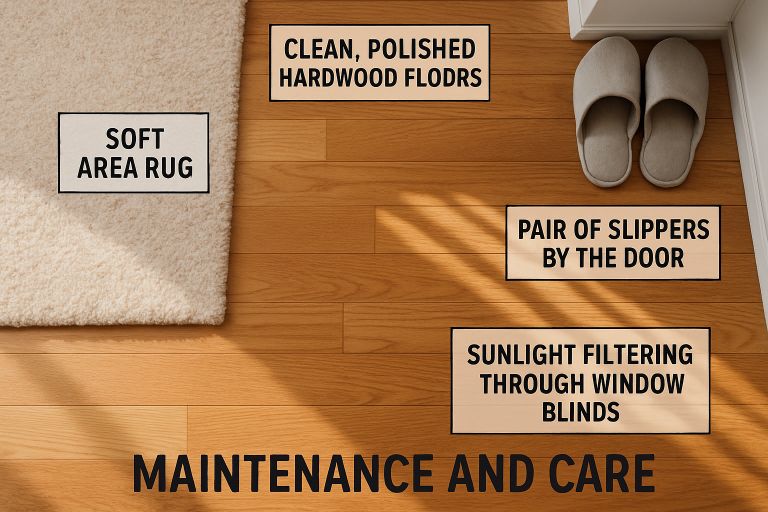Buying a Combine? Here’s What to Check First
Key Takeaways:
- Understanding your farm’s specific needs is crucial before purchasing a combine.
- Look for features that offer efficiency, reliability, and cost-effectiveness.
- Consider both new and used combines, weighing the pros and cons of each.
- Maintenance history and technological advancements play a vital role in your decision.
- Remember, don’t factor in financing options and warranties.
Table of Contents:
- Introduction
- Understanding Your Needs
- Key Features to Look For
- New vs. Used Combines
- Maintenance History
- Technological Advancements
- Financing and Warranties
- Conclusion
Introduction
Buying a combine is a significant investment for any farmer. This piece of machinery can drastically improve your harvesting efficiency and productivity, but making an informed decision is essential. There are several factors to consider before purchasing, from understanding your needs to evaluating key features and weighing the pros and cons of new versus used combines. This guide aims to walk you through everything you need to check first when buying a combine, ensuring you make the best choice for your farm.
Understanding Your Needs
Your first step in purchasing a combine should be to evaluate your farm’s specific requirements. Ask yourself what kind of crops you’ll harvest and in what quantities. The size of your fields and the typical weather conditions during harvest season can also affect your choice. If you plan to buy combines, choose one that fits your farm’s needs well. For instance, a smaller farm may not require the same capacity and features as a more extensive operation. It’s about finding the right balance between what you need and can afford.
Additionally, consider the specifics of your terrain. Different combines offer varied functionalities that may be more suited to flat lands than hilly areas. Your combine should be capable of handling your farm’s unique conditions to optimize efficiency and productivity. Also, consider the future—ensuring your machine can scale with growing operations may save you significant costs.
Key Features to Look For
Modern combines have many features designed to make harvesting more accessible and efficient. Key features include the combine’s threshing and separating mechanisms, grain tank capacity, header options, and fuel efficiency. Reliable engine performance and ease of maintenance are also critical. Additionally, consider the comfort features in the cab, such as adjustable seating and advanced controls, which can make long hours in the field more manageable.
A highly efficient combine should incorporate state-of-the-art threshing technology to minimize grain loss and improve threshing speed. If you plan on harvesting different grains and legumes, look for machines with multi-crop adaptability. Efficient grain handling systems ensure minimal spillage and timely off-loading, thus speeding up the entire harvesting process.
New vs. Used Combines
One of the significant decisions you will face is whether to buy a new or used combination. New combines come with the latest technology and warranties, ensuring you have a machine that meets current standards. However, they are more expensive. Used combines, on the other hand, are more affordable but can have hidden issues. If you opt for a used combine, scrutinize its maintenance history and take it for a test run to identify potential problems.
New combines offer peace of mind with extended warranties and the reliability of having never been previously run. They also usually have cutting-edge features that can make your harvests more efficient. In contrast, used combines can be highly cost-effective if you manage to get a well-maintained one. Ensure you have a trusted mechanic inspect potential buys for any signs of mechanical wear or hidden damages before purchasing.
Maintenance History
The maintenance history of a combine can provide valuable insight into its longevity and reliability. This is particularly important if you’re considering a used machine. Look for records of regular servicing, whether any significant components have been replaced, and if any recurring issues have been noted. A well-maintained combine will be more reliable and could save you from costly repairs.
Maintenance history goes beyond just looking at service intervals. Assess the quality of parts used in repairs and replacements. Genuine parts and timely maintenance indicate that the previous owner took good care of the machine. Also, consider speaking directly with the seller to get more detailed insights into the combine’s usage and any potential quirks or issues it might have had.
Technological Advancements
Advancements in technology have revolutionized modern farming, and combines are no exception. Features like GPS-guided navigation, yield mapping, and telematics can significantly enhance your farming efficiency. These technologies allow for more precise harvesting, reducing waste and maximizing yield. Although these advanced features can increase the initial cost, they often pay for themselves in the long run through enhanced productivity and efficiency.
Incorporating technology such as automated steering and advanced monitoring systems can dramatically reduce operator fatigue and improve precision. Yield mapping ensures you are fully informed about how different parts of your fields are performing, allowing for better agronomic decisions. Furthermore, telematics can provide real-time updates and remote diagnostics, ensuring optimal machine performance and timely maintenance interventions.
Financing and Warranties
The financial aspect of buying a combine should be noticed. Many dealers offer financing options to make purchasing a new or slightly used machine more manageable. Consider exploring all available options, including leasing arrangements, which might be more suitable depending on your financial situation. Additionally, pay close attention to the warranties offered. A robust warranty can provide peace of mind, knowing you’re covered in case of unexpected issues.
Financing options can vary widely, from low-interest loans to flexible lease-to-own programs. Evaluate the total cost, considering your monthly payments and financial commitment. Warranties offer another layer of security. Understand what the warranty covers and how long it will last. Extended warranties that cover intricate parts of the combine’s mechanics could save significant money in future repairs.
Conclusion
Buying a combine is a substantial investment requiring careful consideration and planning. You can make an informed decision by understanding your farm’s needs, evaluating key features, considering new and used options, and paying attention to maintenance history and technological advancements. Remember to explore financing options and warranties to ensure you get the most value for your money. With the right approach, your new combine can be a game-changer for your farming operations, boosting efficiency and productivity for years.
Remember, a well-chosen combine is not just a purchase; it’s an investment into the future of your farm. Therefore, take your time to research thoroughly, consult with experts, and test out multiple models. Your diligence in the buying process will pay off with a reliable and efficient machine that meets your needs and contributes significantly to your farm’s success.














